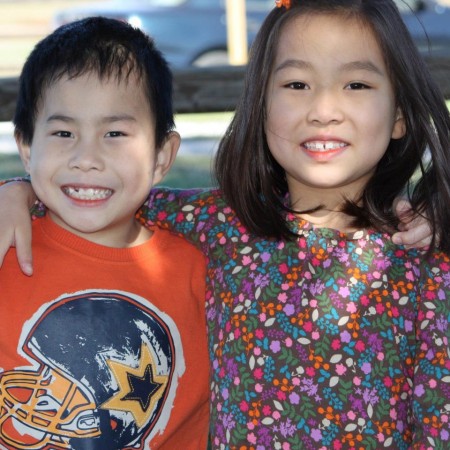Visit these blogs to read about families who have adopted a child with this special need:
Seriously Blessed
Home is Where the Heart Is
28 Days of Hearts (2013)
28 Days of Hearts (2014)
Full Plate Mom
Now to Him Who is Able to do Immeasurably More
Our Journey of Faith BACK to China
Crafty Nester
Most common types:
Patent ductus arteriosus (PDA): Before birth, a large artery (ductus arteriosus) lets the blood bypass the lungs because the fetus gets its oxygen through the placenta. The ductus normally closes soon after birth so that blood can travel to the lungs and pick up oxygen. If it doesn’t close, the baby may develop heart failure. This problem occurs most frequently in premature babies. Treatment with medicine during the early days of life often can close the ductus. If that doesn’t work, surgery is needed.
Septal defect: This is a hole in the wall (septum) that divides the right and left sides of the heart. A hole in the wall between the heart’s two upper chambers is called an atrial septal defect, while a hole between the lower chambers is called a ventricular septal defect. These defects can cause the blood to circulate improperly, so the heart has to work harder. Some atrial septal defects can be repaired without surgery by inserting a thin, flexible tube into the heart and then releasing a device that plugs the hole. A surgeon also can close an atrial or ventricular septal defect by sewing or patching the hole. Small holes may heal by themselves or not need repair at all.
Coarctation of the aorta: Part of the aorta, the large artery that sends blood from the heart to the rest of the body, may be too narrow for the blood to flow evenly. A surgeon can cut away the narrow part and sew the open ends together, replace the constricted section with man-made material, or patch it with part of a blood vessel taken from elsewhere in the body. Sometimes, this narrowed area can be widened by inflating a balloon on the tip of a catheter (tube) inserted through an artery.
Heart valve abnormalities: Some babies are born with heart valves that do not close normally or are narrowed or blocked, so blood can’t flow smoothly. Surgeons usually can repair the valves or replace them with man-made ones. Balloons on catheters also are frequently used to fix faulty valves.
Tetralogy of Fallot: This combination of four heart defects keeps some blood from getting to the lungs. As a result, the blood that is pumped to the body may not have enough oxygen. Affected babies have episodes of cyanosis and may grow poorly. This defect is usually surgically repaired in the early months of life.
Transposition of the great arteries: Transposition occurs when the positions of the two major arteries leaving the heart are reversed, so that each arises from the wrong pumping chamber. Affected newborns suffer from severe cyanosis due to a lack of oxygen in the blood. Recent surgical advances make it possible to correct this serious defect in the newborn period.
Hypoplastic left heart syndrome: This combination of defects results in a left ventricle (the heart’s main pumping chamber) that is too small to support life. Without treatment, this defect is usually fatal in the first few weeks of life. However, over the last 25 years, survival rates have dramatically improved with new surgical procedures and, less frequently, heart transplants (Source).
Resources:
Little Hearts
Kids With Heart
Congenital Heart Disease – Yale University
Johns Hopkins University
Heart Transplant (Seattle Children’s)
Children’s Heart Institute
Juliet Surgery (video)
The Heart House
Heart Baby Home
It’s My Heart ebook
Congenital Heart Information Network
Facebook Group – Children with Congenital Heart Defects
Facebook Group – Congenital Heart Defects
Yahoo! Group – China Heart Children
Read blog posts about Heart Defects on No Hands But Ours.
Read blog posts about Complex Heart Defects on No Hands But Ours.



























